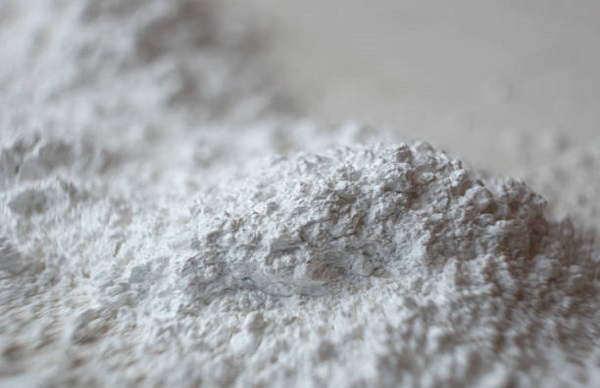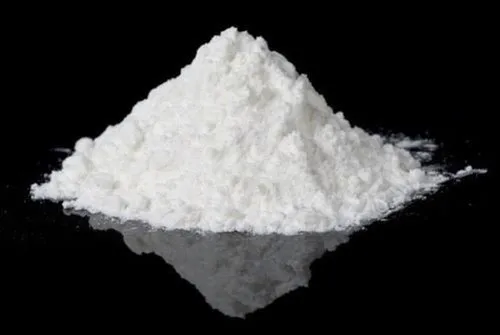
The Role of Calcium Carbonate in Geological Processes
October 8, 2024
How to separate calcium carbonate and sodium chloride
October 8, 2024Calcium carbonate is a common substance found in rocks, shells, and various natural formations. It is an essential component in various industries, including construction, agriculture, and pharmaceuticals. Identifying calcium carbonate is crucial for its effective use in these sectors. This article will guide you through the methods and characteristics that can help you identify calcium carbonate in its various forms.
Understanding Calcium Carbonate
Calcium carbonate (CaCO₃) is a white, odorless powder that is insoluble in water. It occurs naturally in three primary forms: calcite, aragonite, and vaterite. These forms differ in their crystal structure but share similar chemical properties. Recognizing these forms can help in applications ranging from construction materials to dietary supplements.
Physical Characteristics
Appearance:
Calcium carbonate typically appears as a white or colorless powder. In its mineral forms, it can be found in crystalline structures. Calcite often appears as rhombohedral crystals, while aragonite presents in needle-like structures.
Texture:
The texture of calcium carbonate can vary. In its powdered form, it is fine and smooth. When found in larger pieces, such as limestone or marble, it may exhibit a more granular texture.
Hardness:
On the Mohs hardness scale, calcium carbonate has a rating of 3, making it relatively soft. It can be easily scratched with a knife, and this property is helpful in field identification.
Chemical Properties
Reactivity with Acids:
One of the most distinctive characteristics of calcium carbonate is its reaction with acids. When exposed to hydrochloric acid (HCl), calcium carbonate will fizz or effervesce, producing carbon dioxide (CO₂) gas. This reaction is a quick and effective way to identify calcium carbonate in a laboratory setting.
Reaction:
CaCO₃ (s) + 2HCl (aq) → CaCl₂ (aq) + H₂O (l) + CO₂ (g)
Solubility:
Calcium carbonate is sparingly soluble in water. However, it can dissolve in water containing dissolved carbon dioxide, forming calcium bicarbonate. This property is important in natural water systems and can be tested in the lab.
Identification Techniques
Visual Inspection:
The first step in identifying calcium carbonate is a visual inspection. Look for the white powder or crystalline forms. If the sample is in the form of rocks or minerals, check for their characteristic structures.
Acid Test:
Conducting an acid test is one of the simplest ways to identify calcium carbonate. Place a drop of diluted hydrochloric acid on the sample. If it fizzes, releasing bubbles of carbon dioxide, you are likely dealing with calcium carbonate.
Microscopic Examination:
For a more detailed analysis, use a microscope to observe the sample's crystalline structure. Calcite crystals will show a distinctive rhombohedral shape, while aragonite will appear needle-like.
X-Ray Diffraction (XRD):
In more advanced settings, X-ray diffraction can be employed to identify the crystalline structure of calcium carbonate. This technique provides detailed information about the mineral composition and can distinguish between calcite and aragonite.
Infrared Spectroscopy:
This technique analyzes the sample's infrared spectrum to identify specific functional groups associated with calcium carbonate. The characteristic absorption peaks can confirm its presence.
Field Tests:
In the field, geologists often use portable testing kits that can detect the presence of calcium carbonate through simple chemical tests. These kits are valuable for rapid assessments in various environments.
Environmental Considerations
Calcium carbonate plays a significant role in environmental processes, including water hardness and the buffering capacity of natural waters. Identifying its presence in soil and water systems is essential for understanding ecological health. Monitoring calcium carbonate levels can help in managing agricultural practices and assessing the quality of groundwater.
Applications of Calcium Carbonate
Understanding how to identify calcium carbonate is crucial because of its wide range of applications. In construction, it is used as a building material and in cement production. In agriculture, it serves as a soil conditioner and a source of calcium for plants. In the pharmaceutical industry, it is used as an antacid and a calcium supplement.
Conclusion
Identifying calcium carbonate is essential for its effective utilization across various industries. By understanding its physical and chemical properties, you can employ simple tests and techniques to determine its presence. Whether you are in a laboratory or a field setting, these identification methods will prove invaluable. For those looking to source high-quality calcium carbonate for industrial or agricultural use, partnering with reliable suppliers like Sudarshan Group ensures access to premium materials tailored to your needs.



